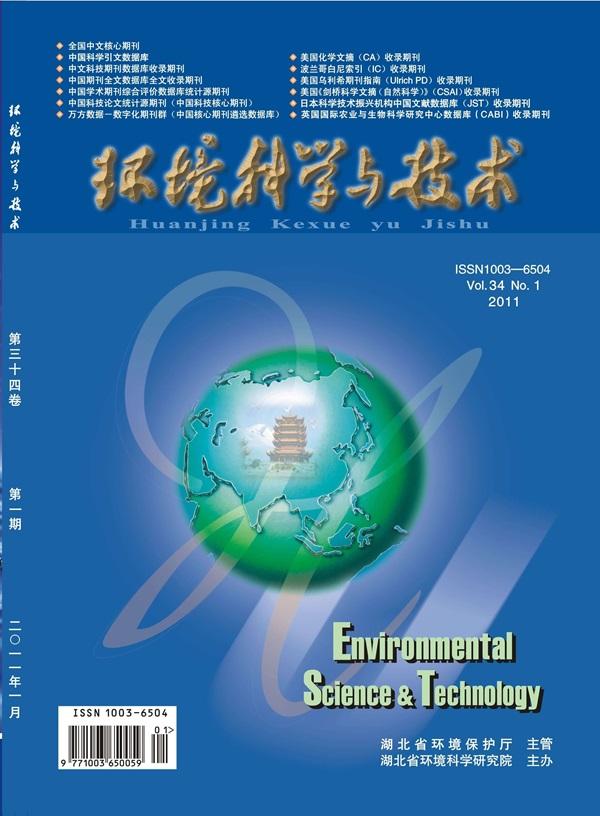Exposure of Parental Zebrafish to Difenoconazole throughout Their Life Cycle May Lead to Developmental Toxicity in the F1 Generation through Epigenetic Changes in Gametes, Impaired Nutrient Supply from the Ovum, and Maternal Transfer of Difenoconazole
IF 10.8
1区 环境科学与生态学
Q1 ENGINEERING, ENVIRONMENTAL
引用次数: 0
Abstract
Difenoconazole is a widely used agricultural fungicide that has been frequently detected in aquatic environments. Given its stable presence in aquatic environments, long-term exposure of wild fish may pose a risk to offspring embryonic development. This study demonstrated that exposure of zebrafish to environmental concentrations of difenoconazole throughout their life cycle resulted in abnormal development of offspring embryos/larvae, including decreased heart rate, delayed hatching, increased malformation rate, shortened body length, and increased mortality. These changes were significantly correlated with the affected apoptosis, autophagy, energy metabolism and MAPK signaling pathways in F1 generation. This transgenerational toxic effect results from epigenetic alterations in gametes, impaired nutrient supply from the ovum, and maternal transfer of difenoconazole. After exposure to difenoconazole, the development of female fish offspring was affected more than that of male fish offspring, which was mainly caused by the impaired nutrient supply from the ovum and the maternal transfer of difenoconazole. Because this transgenerational developmental toxicity was observed at environmental levels, difenoconazole may pose a threat to the survival of wild larvae and therefore a risk to wild fish populations.

求助全文
约1分钟内获得全文
求助全文
来源期刊

环境科学与技术
环境科学-工程:环境
CiteScore
17.50
自引率
9.60%
发文量
12359
审稿时长
2.8 months
期刊介绍:
Environmental Science & Technology (ES&T) is a co-sponsored academic and technical magazine by the Hubei Provincial Environmental Protection Bureau and the Hubei Provincial Academy of Environmental Sciences.
Environmental Science & Technology (ES&T) holds the status of Chinese core journals, scientific papers source journals of China, Chinese Science Citation Database source journals, and Chinese Academic Journal Comprehensive Evaluation Database source journals. This publication focuses on the academic field of environmental protection, featuring articles related to environmental protection and technical advancements.
 求助内容:
求助内容: 应助结果提醒方式:
应助结果提醒方式:


